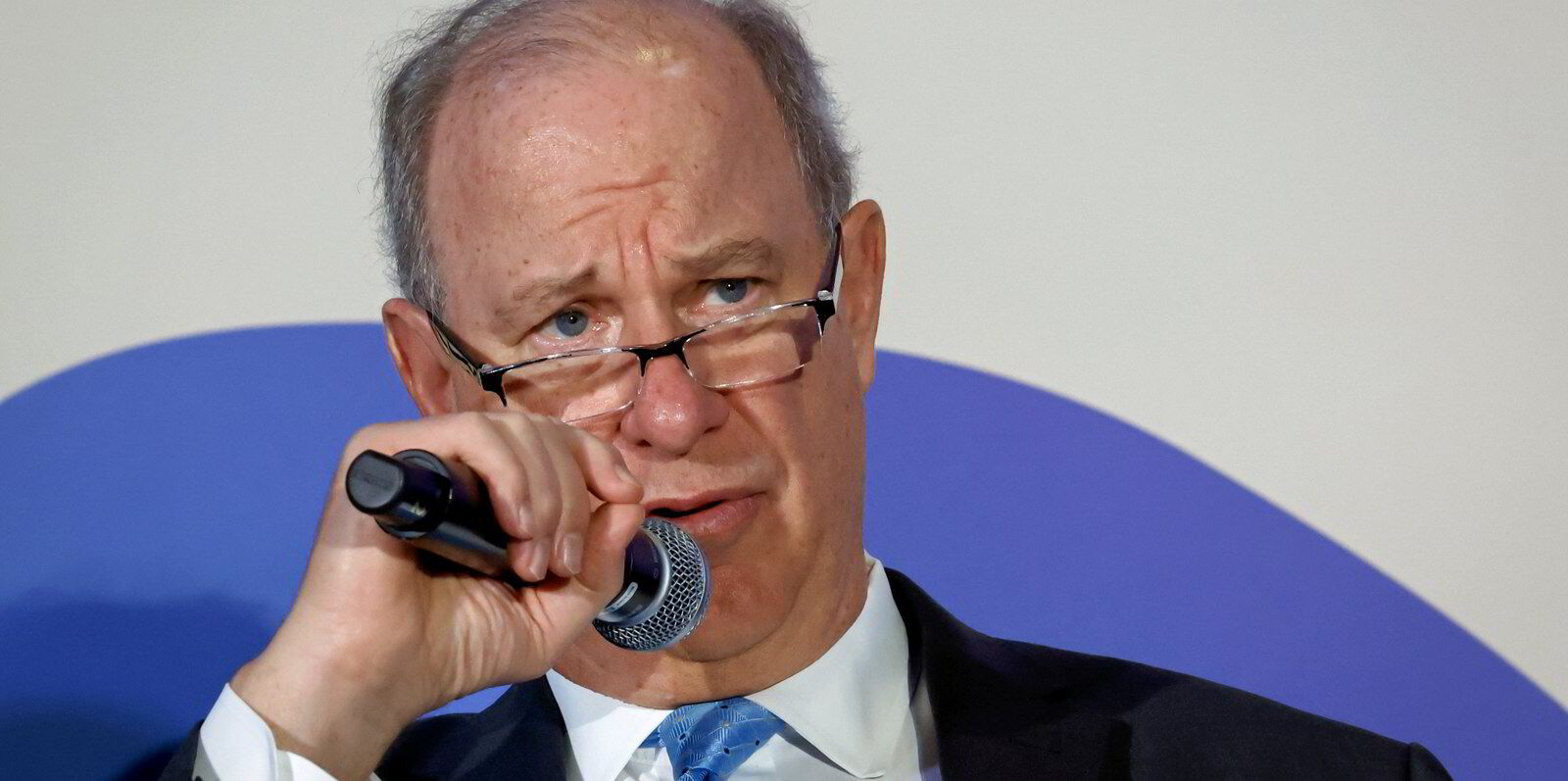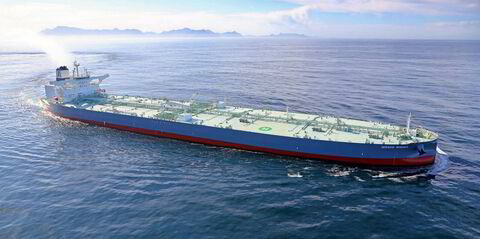New entrants and fresh investment are creating an increasingly fractured shipowning landscape in the tanker and bulker sectors, according to Greece’s Xclusiv Shipbrokers.
This is despite consolidation through mergers, acquisitions and fleet deals involving big hitters such as CMB.Tech, Bahri, Star Bulk Carriers and Taylor Maritime Investments.
The global shipping industry has experienced a remarkable resurgence since 2020, the Athens shop said.
“Sustained high freight rates, coupled with robust demand and supply dynamics, have created a favourable environment for both established and new players,” it noted.
Xclusiv’s data reveals that the bulk carrier market boasts about 2,290 separate owners of ships of more than 20,000 dwt.
The biggest seven own more than 101 bulkers each, with 13 operations having between 61 and 100.
A further 44 companies have fleets of 31 to 60 vessels, and 218 manage between 11 and 30.
At the smaller end, 250 owners control between six and 10 bulkers.
However, the vast majority, 1,758 companies, own between one and five ships.
These small players have grown “significantly” by 34%, Xclusiv said.
But the biggest jump has been among those with between 61 and 100 vessels. Their number has grown by 86%, albeit from a lower base.
Surge indicates enduring appeal
“This surge indicates the entrance of new players and underscores the enduring appeal of dry bulk shipping, largely due to stable freight rates and rising asset values,” Xclusiv said.
Other ownership categories in the bulk sector have had modest growth of between 8% and 10%, as established owners continue to build and expand their fleets, contributing to a more robust market landscape.
On the tanker side, rates have generally boomed since 2022, particularly for product carriers and suezmaxes/aframaxes, due to rerouting of Russian oil.
Rates have been comfortably above operating costs for two-and-a-half years, something that last happened in 2009, Xclusiv said.
“The tanker market has shown resilience, with significant growth in smaller fleet sizes, especially since the recovery of tanker rates in 2022 following a prolonged downturn,” the broker added.
The biggest six owners have fleets of more than 101 tankers, followed by eight with between 61 and 100.
By the time the numbers decrease to between six and 10 ships, there are 139 companies involved.
And again, the majority of owners, 1,249 companies, control between one and five ships. This number has grown 23% since 2022.
New buyers taking ships from larger owners
“This upward trend reflects a surge in investment interest, with numerous new entrants from either different sectors of the shipping industry or completely unrelated fields,” Xclusiv added.
There has been a proliferation of new names acquiring secondhand tankers for the shadow fleet carrying oil from Russia.
“Additionally, larger tanker owners have strategically reduced or sold off portions of their fleets, reshaping the market dynamics as new participants seize these assets,” Xclusiv explained.
“In both markets, smaller fleets are rapidly increasing, signalling the entry of new capital and investors enticed by high freight rates and asset appreciation.
“This trend reflects a balanced expansion strategy, as veteran players retain and upgrade their fleets while new entrants bring renewed dynamism to dry bulk and tanker shipping.”
Last month, UK shipbroker Clarksons noted the trend moving in the opposite direction for newbuildings.
It said ownership of contracts at shipyards is becoming more concentrated.
Researcher Trevor Crowe said the ordering of alternatively fuelled ships is “especially consolidated, with a smaller number of owners leading investment”.
The world fleet of 111,000 ships is split between 29,000 owning companies, according to Clarksons, giving an average of four vessels per owner.
But the 6,000 ships on order are controlled by just 1,500 companies, it calculated, and less than 10% of owners have tonnage under construction.






